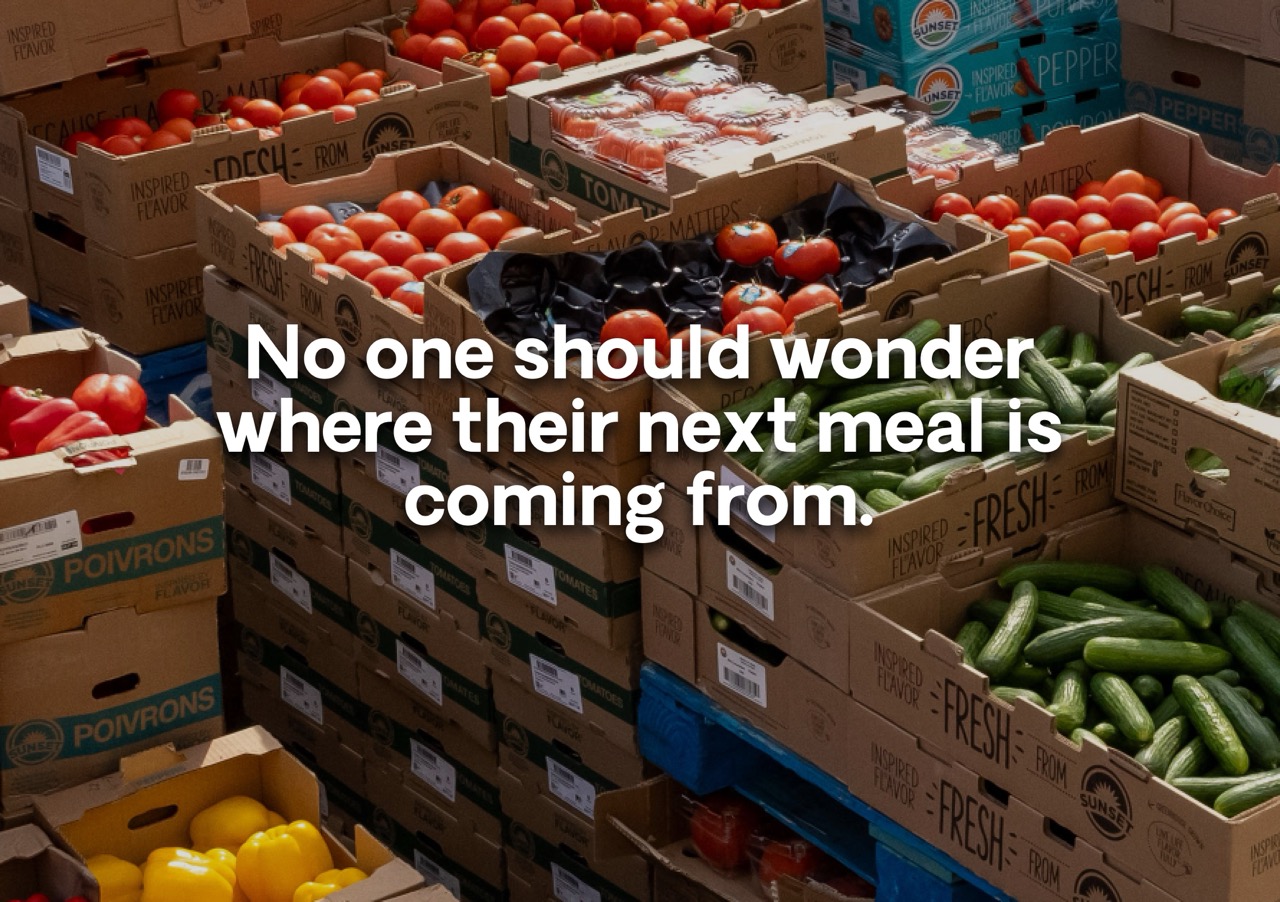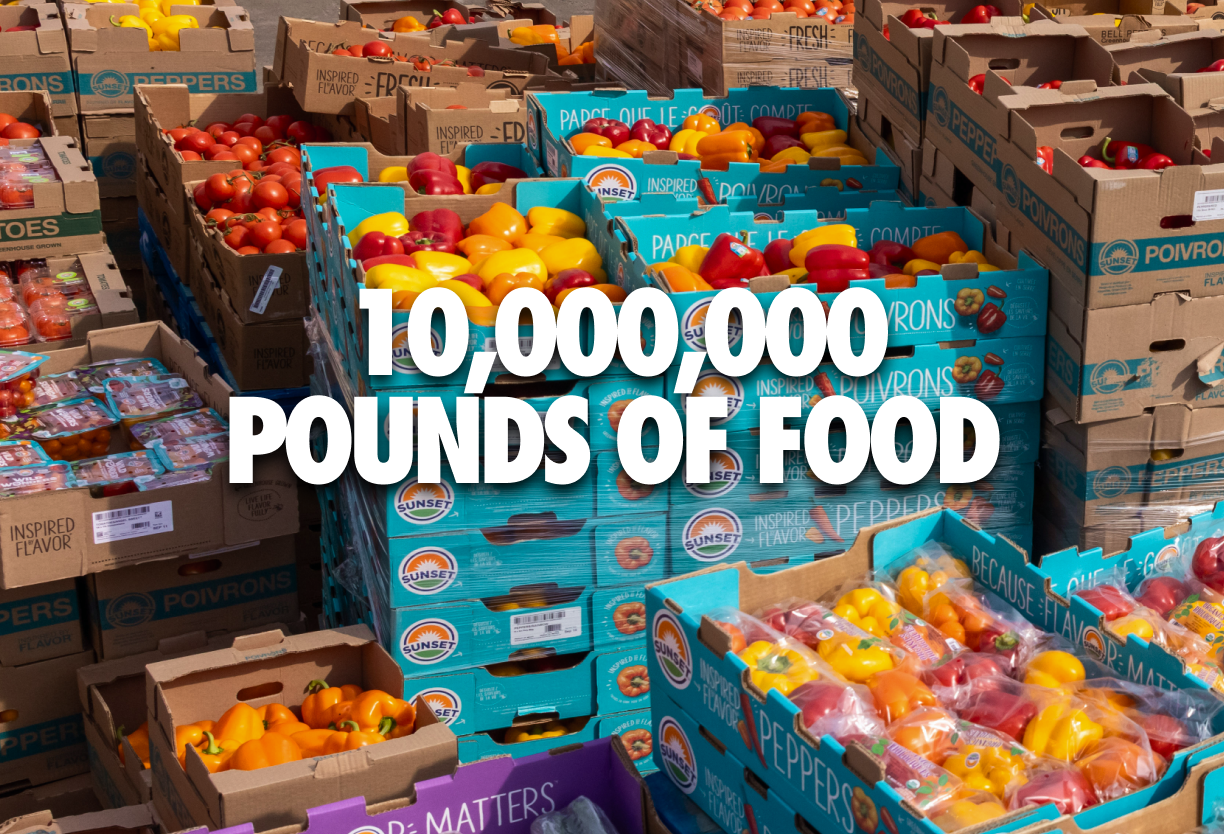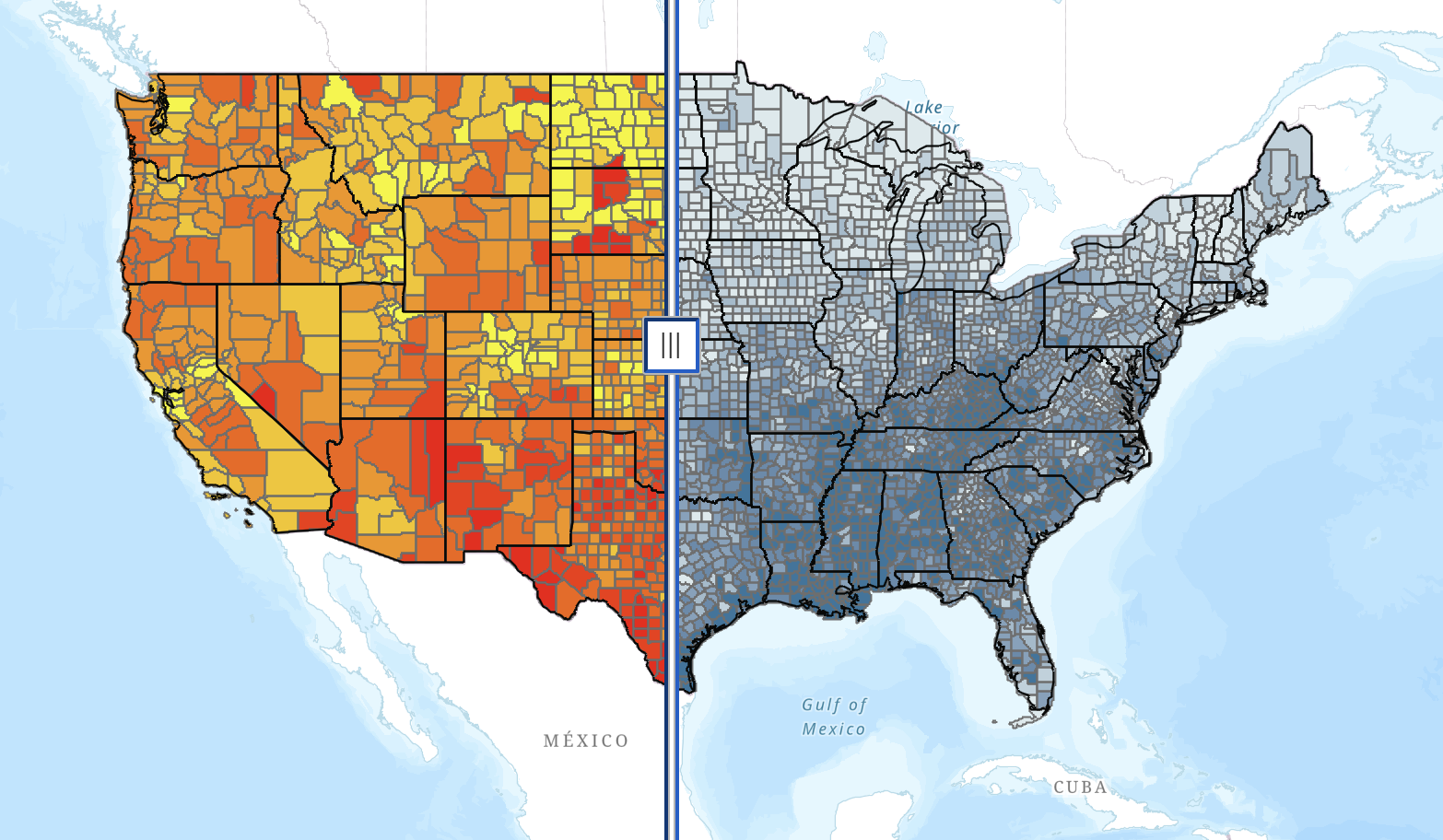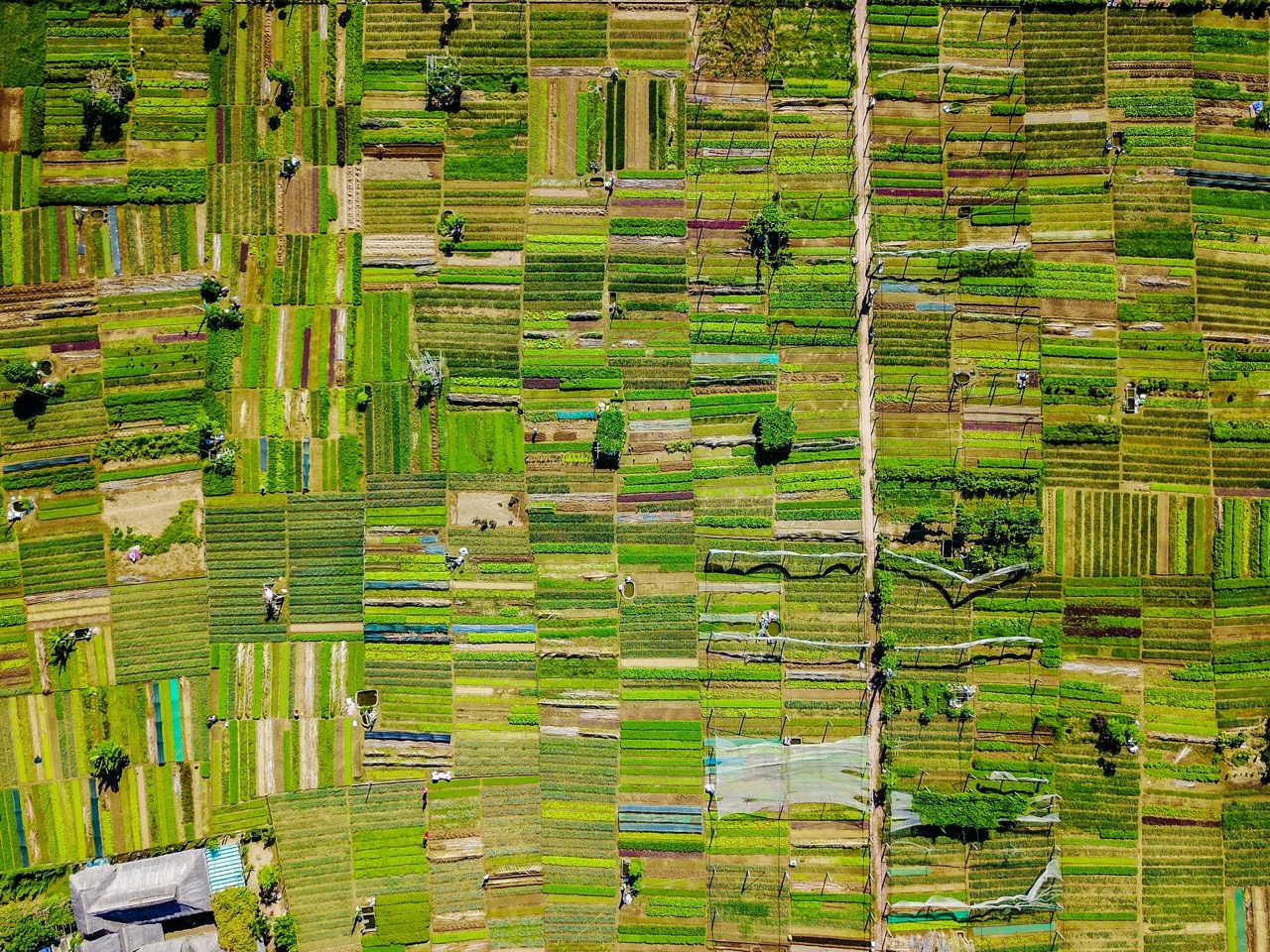Grace’s face lit up as she detailed the future she envisions and the goals she has for Farmlink’s newly-established International Team this summer, remarking on the fulfillment she derives from efforting to reduce food insecurity. “This is kind of all I want to do for the rest of my life,” she professed.
A rising senior at the University of Southern California studying Public Policy with a minor in Real Estate Development, Grace Cortese joined The Farmlink Project over a year ago as part of the Fundraising Team. Grace’s familiarity with the charitable food space extends back to her childhood, during which she often tagged along with her mother to volunteer at food banks in the Los Angeles area. While her involvement with The Farmlink Project has been a “natural progression” from such experiences, Grace never expected to co-lead an entire team, let alone one that did not even exist at the time.
Grace and her co-lead Tyler Senzon took on International as a growth project while working with the Fundraising and Deals teams respectively.
“Growth projects are a super special part of Farmlink,” she explained. “They’re projects that don’t fit into any current teams and push the boundaries of the work we are currently doing at Farmlink.”
The duo worked together to research the viability of international expansion and received the green light to onboard fellows as a full-time team this summer. When I asked her about the need to have an independent International Team, Grace replied, “The International Team has a lot of overlap with other teams and we’re really excited to partner with the Farms, Deals, Policy, and Hunger and Outreach Teams on research projects. Being our own team, however, allows us to focus on the unique aspects of international projects that would otherwise be distracting to teams focused on domestic work.”
The first day of onboarding this term, and with that, the official start of the full-time International Team, represented a moment of pride for her and Tyler. She praised Farmlink’s mission to fundamentally change our food system and prevent food waste by acting as a link in a broken supply system. Noting identical issues around the world, Grace expressed high expectations for the International Team and shared her aspirations to move a few million pounds of food overseas in just a few years.
“We want to focus on countries in which our model is replicable, meaning countries in which food insecurity and food waste coexist,” Grace elaborated on the team’s agenda for the summer, adding that they will focus on identifying these countries and developing networks of farms and food banks within them. “We want to find solutions that acknowledge both the similarities and differences and partner with existing organizations.”
Though she dreams of replicating Farmlink’s success outside of the United States, Grace cautioned against adopting a westernized view of countries on the receiving end of aid. Referring to Farmlink’s partnership with Bancos Alimentos de México (BAMX), a network of food banks providing support to food-insecure populations around Mexico, she underscored the work being done elsewhere and the International Team’s emphasis on supporting rather than overtaking ongoing efforts.
“We are not going to start something new there. There are amazing people already doing amazing work and we just want to support them.”
That support will look different day-to-day based on what the team discovers through their work. But for now, the overarching priority remains on researching and designing the most sustainable, scalable way to operate in countries with diverse infrastructural capacities and community needs. This entails locating farms and food banks abroad, cultivating relationships with like-minded organizations, discerning their unique challenges, and responding accordingly. She concluded our conversation with advice she gives to her fellows as they navigate their first term as a full-time team: “Farmlink is special because you get to say yes to opportunities. Jump in with both feet!”
< Back
Grace’s face lit up as she detailed the future she envisions and the goals she has for Farmlink’s newly-established International Team this summer, remarking on the fulfillment she derives from efforting to reduce food insecurity. “This is kind of all I want to do for the rest of my life,” she professed.
A rising senior at the University of Southern California studying Public Policy with a minor in Real Estate Development, Grace Cortese joined The Farmlink Project over a year ago as part of the Fundraising Team. Grace’s familiarity with the charitable food space extends back to her childhood, during which she often tagged along with her mother to volunteer at food banks in the Los Angeles area. While her involvement with The Farmlink Project has been a “natural progression” from such experiences, Grace never expected to co-lead an entire team, let alone one that did not even exist at the time.
Grace and her co-lead Tyler Senzon took on International as a growth project while working with the Fundraising and Deals teams respectively.
“Growth projects are a super special part of Farmlink,” she explained. “They’re projects that don’t fit into any current teams and push the boundaries of the work we are currently doing at Farmlink.”
The duo worked together to research the viability of international expansion and received the green light to onboard fellows as a full-time team this summer. When I asked her about the need to have an independent International Team, Grace replied, “The International Team has a lot of overlap with other teams and we’re really excited to partner with the Farms, Deals, Policy, and Hunger and Outreach Teams on research projects. Being our own team, however, allows us to focus on the unique aspects of international projects that would otherwise be distracting to teams focused on domestic work.”
The first day of onboarding this term, and with that, the official start of the full-time International Team, represented a moment of pride for her and Tyler. She praised Farmlink’s mission to fundamentally change our food system and prevent food waste by acting as a link in a broken supply system. Noting identical issues around the world, Grace expressed high expectations for the International Team and shared her aspirations to move a few million pounds of food overseas in just a few years.
“We want to focus on countries in which our model is replicable, meaning countries in which food insecurity and food waste coexist,” Grace elaborated on the team’s agenda for the summer, adding that they will focus on identifying these countries and developing networks of farms and food banks within them. “We want to find solutions that acknowledge both the similarities and differences and partner with existing organizations.”
Though she dreams of replicating Farmlink’s success outside of the United States, Grace cautioned against adopting a westernized view of countries on the receiving end of aid. Referring to Farmlink’s partnership with Bancos Alimentos de México (BAMX), a network of food banks providing support to food-insecure populations around Mexico, she underscored the work being done elsewhere and the International Team’s emphasis on supporting rather than overtaking ongoing efforts.
“We are not going to start something new there. There are amazing people already doing amazing work and we just want to support them.”
That support will look different day-to-day based on what the team discovers through their work. But for now, the overarching priority remains on researching and designing the most sustainable, scalable way to operate in countries with diverse infrastructural capacities and community needs. This entails locating farms and food banks abroad, cultivating relationships with like-minded organizations, discerning their unique challenges, and responding accordingly. She concluded our conversation with advice she gives to her fellows as they navigate their first term as a full-time team: “Farmlink is special because you get to say yes to opportunities. Jump in with both feet!”
Grace Cortese
International Team Lead
Grace’s face lit up as she detailed the future she envisions and the goals she has for Farmlink’s newly-established International Team this summer, remarking on the fulfillment she derives from efforting to reduce food insecurity. “This is kind of all I want to do for the rest of my life,” she professed.
A rising senior at the University of Southern California studying Public Policy with a minor in Real Estate Development, Grace Cortese joined The Farmlink Project over a year ago as part of the Fundraising Team. Grace’s familiarity with the charitable food space extends back to her childhood, during which she often tagged along with her mother to volunteer at food banks in the Los Angeles area. While her involvement with The Farmlink Project has been a “natural progression” from such experiences, Grace never expected to co-lead an entire team, let alone one that did not even exist at the time.
Grace and her co-lead Tyler Senzon took on International as a growth project while working with the Fundraising and Deals teams respectively.
“Growth projects are a super special part of Farmlink,” she explained. “They’re projects that don’t fit into any current teams and push the boundaries of the work we are currently doing at Farmlink.”
The duo worked together to research the viability of international expansion and received the green light to onboard fellows as a full-time team this summer. When I asked her about the need to have an independent International Team, Grace replied, “The International Team has a lot of overlap with other teams and we’re really excited to partner with the Farms, Deals, Policy, and Hunger and Outreach Teams on research projects. Being our own team, however, allows us to focus on the unique aspects of international projects that would otherwise be distracting to teams focused on domestic work.”
The first day of onboarding this term, and with that, the official start of the full-time International Team, represented a moment of pride for her and Tyler. She praised Farmlink’s mission to fundamentally change our food system and prevent food waste by acting as a link in a broken supply system. Noting identical issues around the world, Grace expressed high expectations for the International Team and shared her aspirations to move a few million pounds of food overseas in just a few years.
“We want to focus on countries in which our model is replicable, meaning countries in which food insecurity and food waste coexist,” Grace elaborated on the team’s agenda for the summer, adding that they will focus on identifying these countries and developing networks of farms and food banks within them. “We want to find solutions that acknowledge both the similarities and differences and partner with existing organizations.”
Though she dreams of replicating Farmlink’s success outside of the United States, Grace cautioned against adopting a westernized view of countries on the receiving end of aid. Referring to Farmlink’s partnership with Bancos Alimentos de México (BAMX), a network of food banks providing support to food-insecure populations around Mexico, she underscored the work being done elsewhere and the International Team’s emphasis on supporting rather than overtaking ongoing efforts.
“We are not going to start something new there. There are amazing people already doing amazing work and we just want to support them.”
That support will look different day-to-day based on what the team discovers through their work. But for now, the overarching priority remains on researching and designing the most sustainable, scalable way to operate in countries with diverse infrastructural capacities and community needs. This entails locating farms and food banks abroad, cultivating relationships with like-minded organizations, discerning their unique challenges, and responding accordingly. She concluded our conversation with advice she gives to her fellows as they navigate their first term as a full-time team: “Farmlink is special because you get to say yes to opportunities. Jump in with both feet!”
.png)







.svg)
.svg)
.svg)